Watch the Supermoon Rise Around the World in Pictures
The ‘super’ event was a great excuse to get outside and take in some celestial wonder—even if the moon didn’t look all that different
The night skies rang in the new year with a luminous celestial event: a supermoon.
This phenomenon takes place when our lunar orb is in full or new stage and passes through its so-called perigee, the point in the orb's elliptical path that is closest to Earth. On average, the moon circles some 239,000 miles away. But last night, the moon swung by our planet just 221,559 miles away, making it appear the "biggest and brightest of 2018," according to NASA. This unusual positioning made the moon seem 14 percent bigger and 30 percent brighter than the July 27th moon, when the orb was at its farthest point from Earth.
Unfortunately, to the casual observer, this didn’t make too much of a difference. In fact, as Joe Rao reports for Space.com, when compared to its average distance from Earth, the difference in lunar size was only about 7.3 percent. As for the brightness, Rao reports that compared to the already vibrant glow of a full moon, the 30 percent difference is practically imperceptible to the human eye. Not to burst your moon-watching bubble or anything.
All that aside, supermoons are still a great excuse to get outside and take in the glory of the cosmos. This latest event is the second in a supermoon trio. The first took to the skies the night of December 3rd and the last in the sequence will rise on January 31st. There are four to six supermoons on average each year, according to EarthSky's Bruce McClure and Deborah Byrd.
Supermoon rising behind lower Manhattan in New York City tonight #newyork #newyorkcity #nyc @NYCDailyPics @nyc @NYCityAlerts @OneWTC #supermoon pic.twitter.com/kMhpXHbMY1
— Gary Hershorn (@GaryHershorn) January 2, 2018
Last night's moon is special for another reason, too: it was the first full moon of the year, earning it the name "wolf moon," according to the The Old Farmer's Almanac. The name likely comes from the fact that it coincides with a period when wolves used to howl "in hunger" outside Algonquin Native American villages. It's just one of many moon monikers, which are all dubbed according to the activities or events of the seasons. For example June's full moon is called the Strawberry Moon, after the period when the Algonquin collected strawberries. But as Nicholas St. Fleur reports for The New York Times, there's little evidence to support the origins of such names, which may be more modern creations than the Almanac implies.
From tonight in Seattle - the first #fullmoon #supermoon of 2018 and it was AWESOME! pic.twitter.com/s2M4EJjiEc
— Tim Durkan (@timdurkan) January 2, 2018
The next supermoon in the series also boasts a special name. Since it will be the second full moon in the month, the Almanac dubbs it a Blue Moon. Though it won't appear more blue than usual, the color will actually be different than most other nights. A lunar eclipse will also take place that night, giving the moon a dark red hue and making it a rare "blue supermoon eclipse."
So, if you’ve ever promised to do something, now is your time—you can claim to have done whatever it is "once in a blue supermoon."
/https://tf-cmsv2-smithsonianmag-media.s3.amazonaws.com/accounts/headshot/Wei-Haas_Maya_Headshot-v2.png)
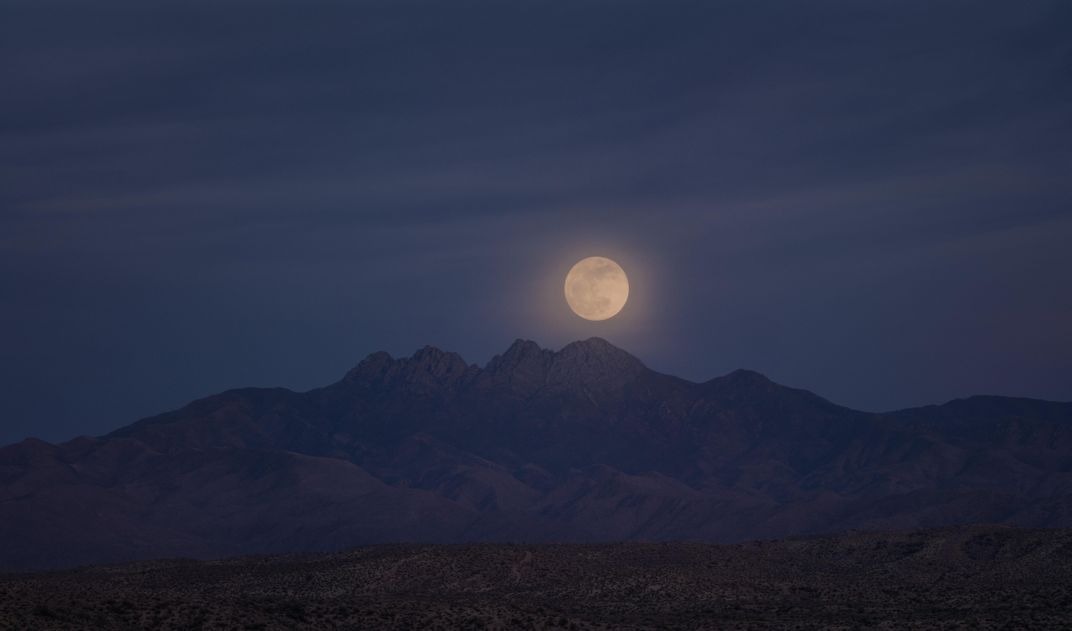
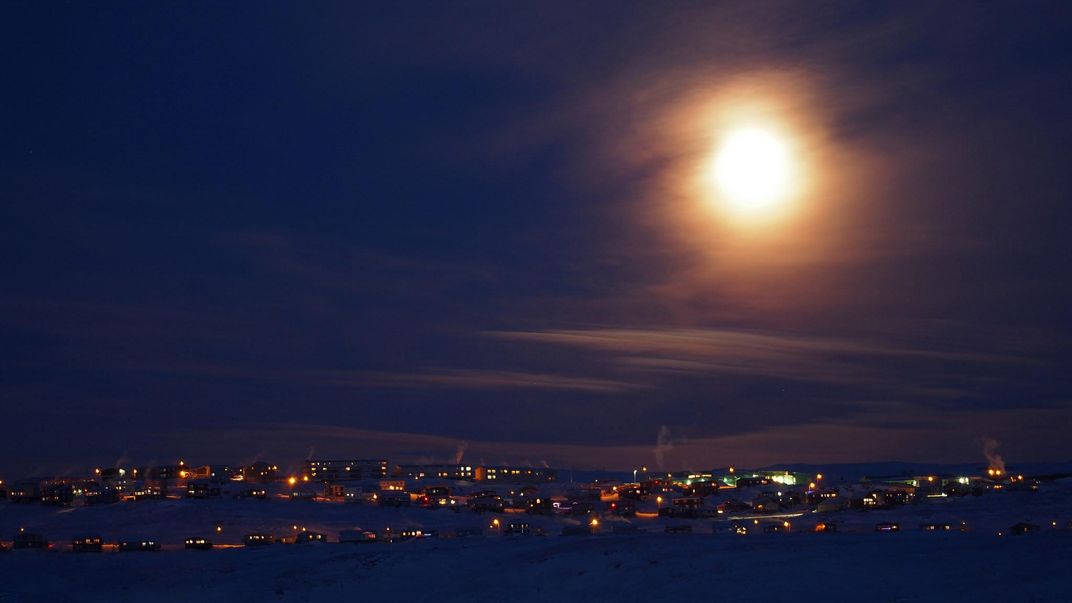
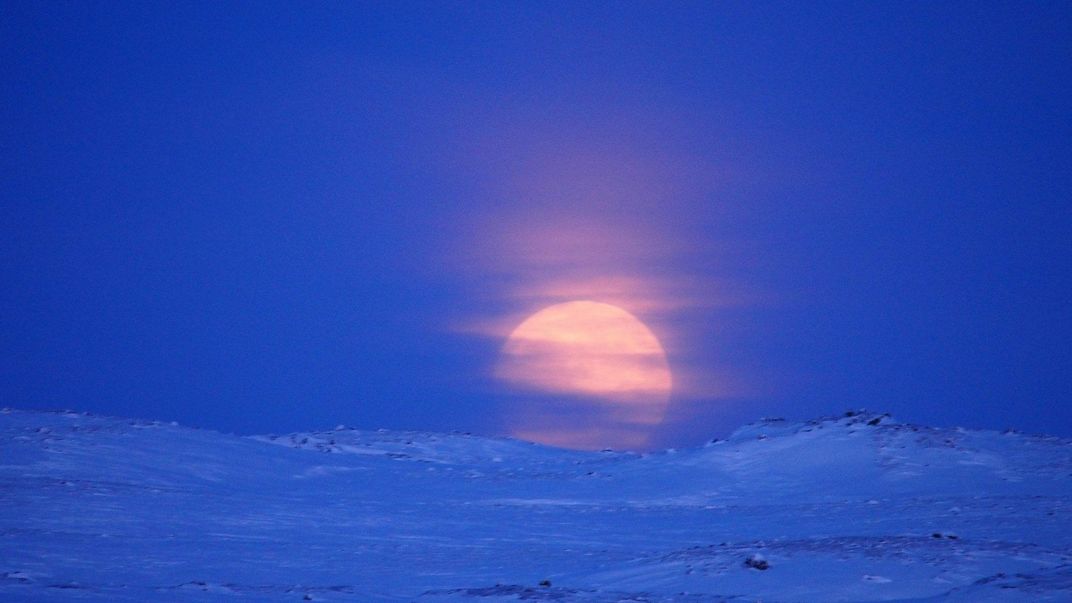
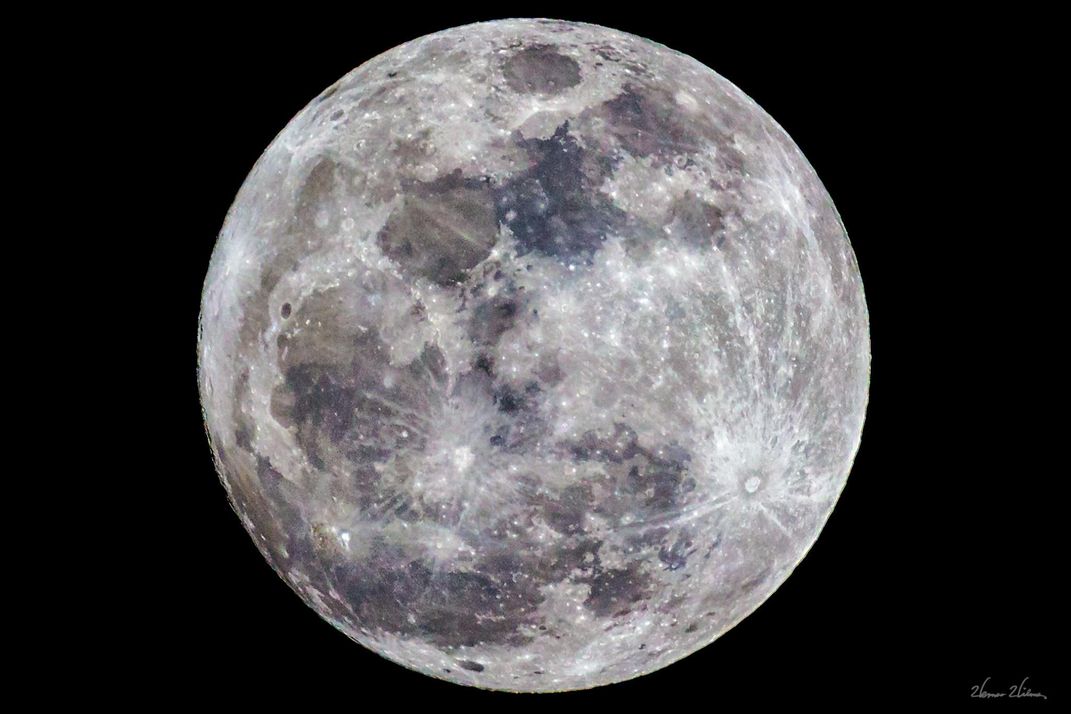
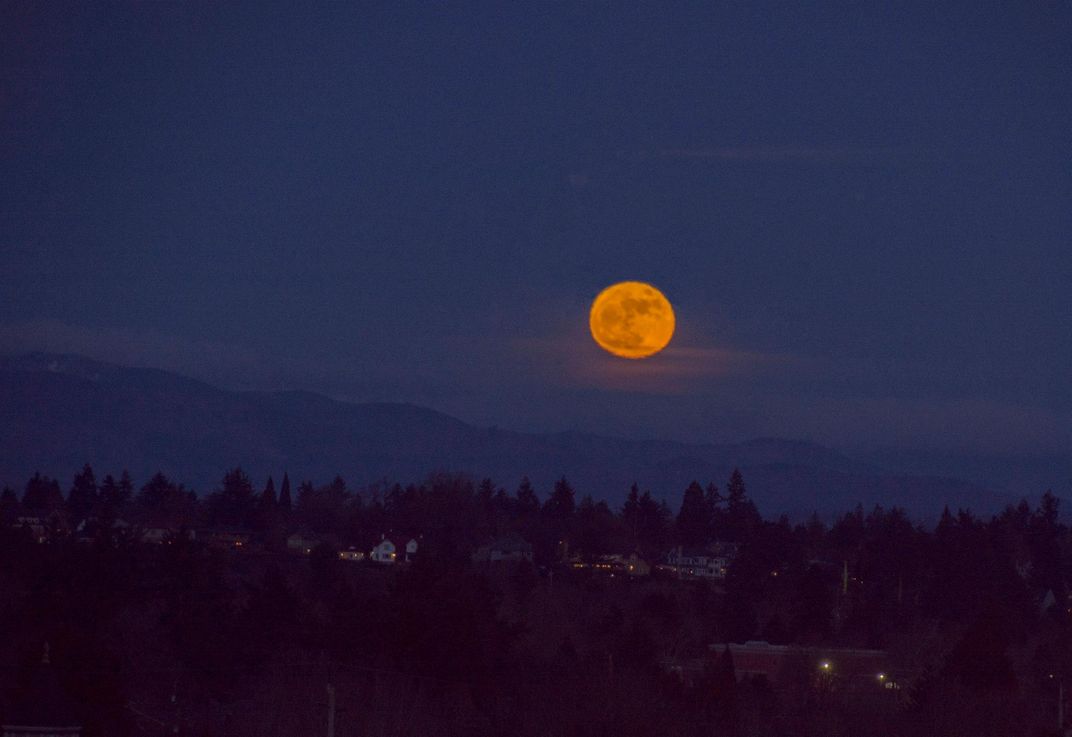
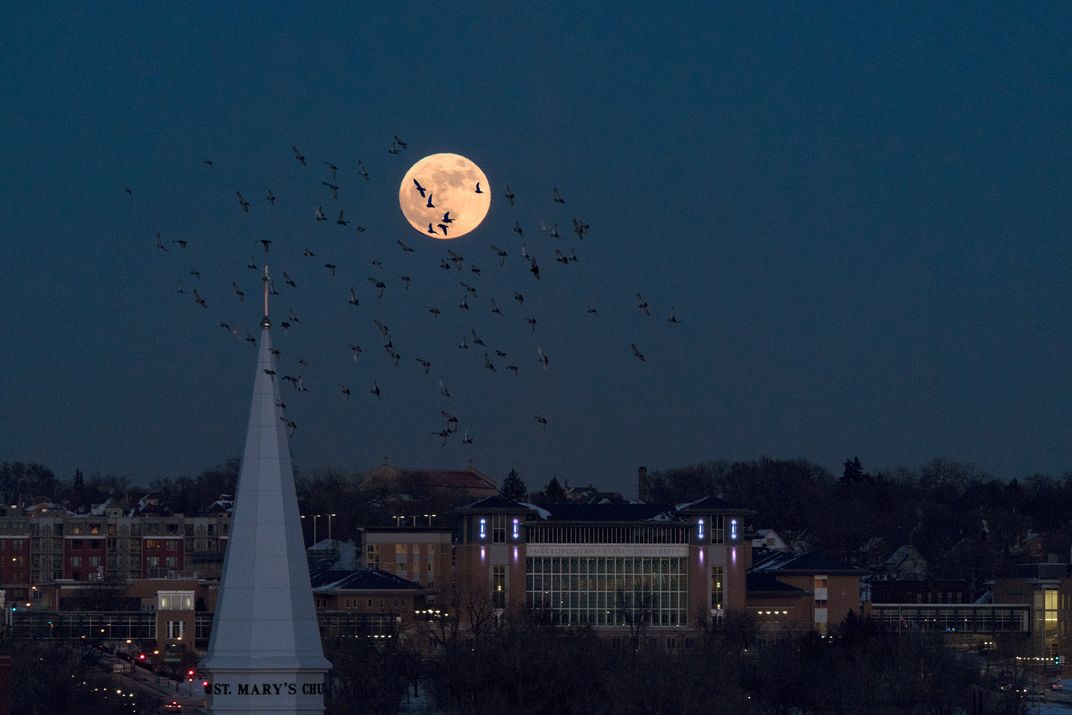
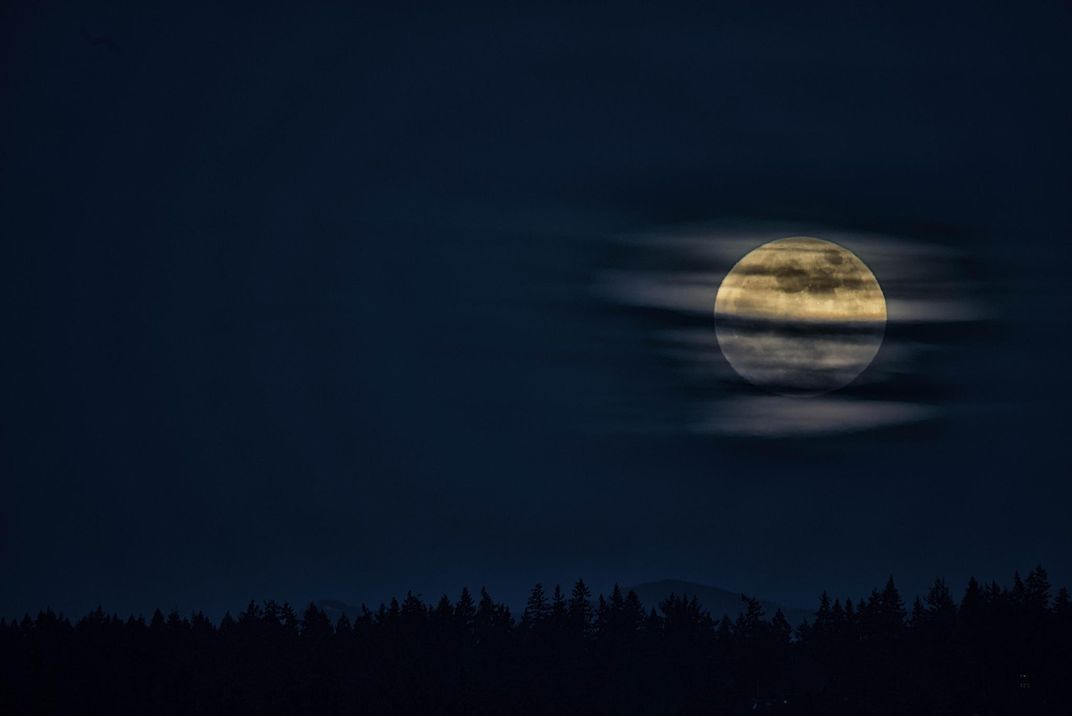
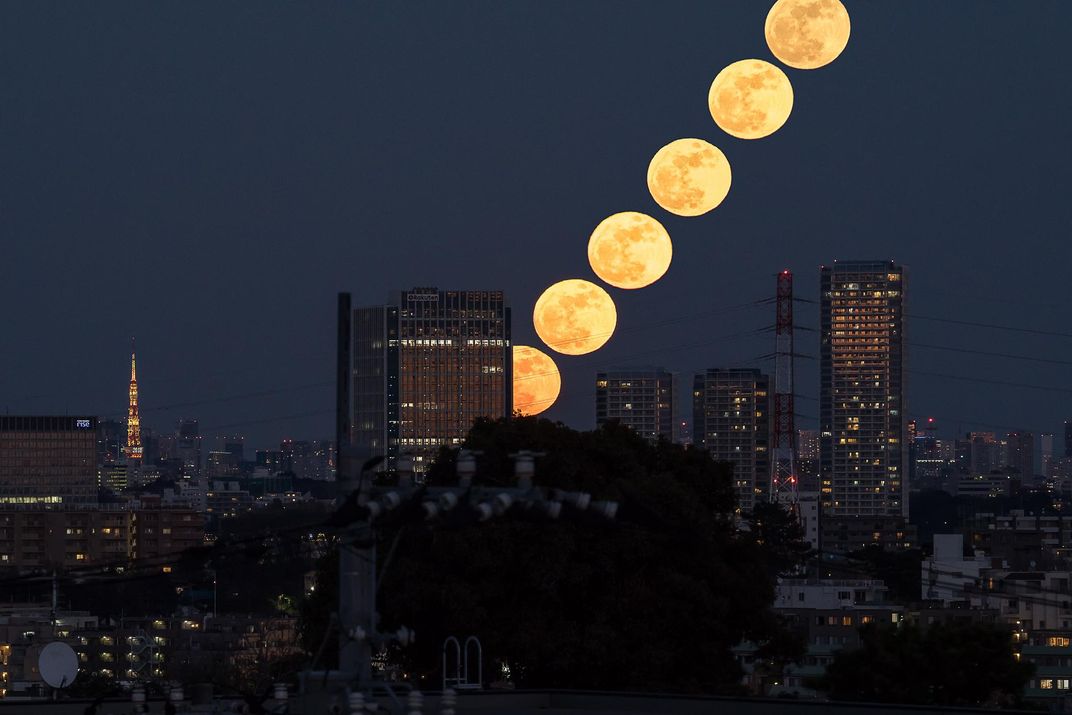
/https://tf-cmsv2-smithsonianmag-media.s3.amazonaws.com/accounts/headshot/Wei-Haas_Maya_Headshot-v2.png)